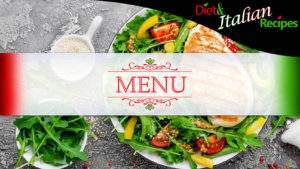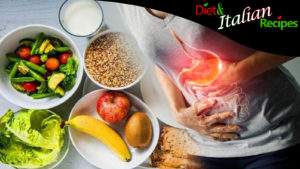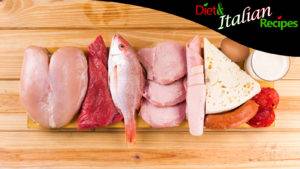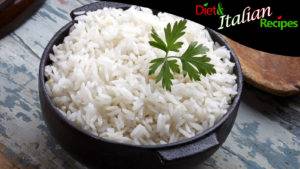The dissociated diet is an example of controlled nutrition that involves consuming dishes resulting from a pattern of food combinations. Many people try the typical menu of the dissociated diet to improve their well-being through the exclusive consumption of ‘correct’ food associations. The good and bad combinations of various foods are illustrated in the Dissociated Diet Table, which highlights all the variables. After delving into the topic of the dissociated diet with menu, pattern, and table, it will be easy to discover the recipes we can use to follow the diet.
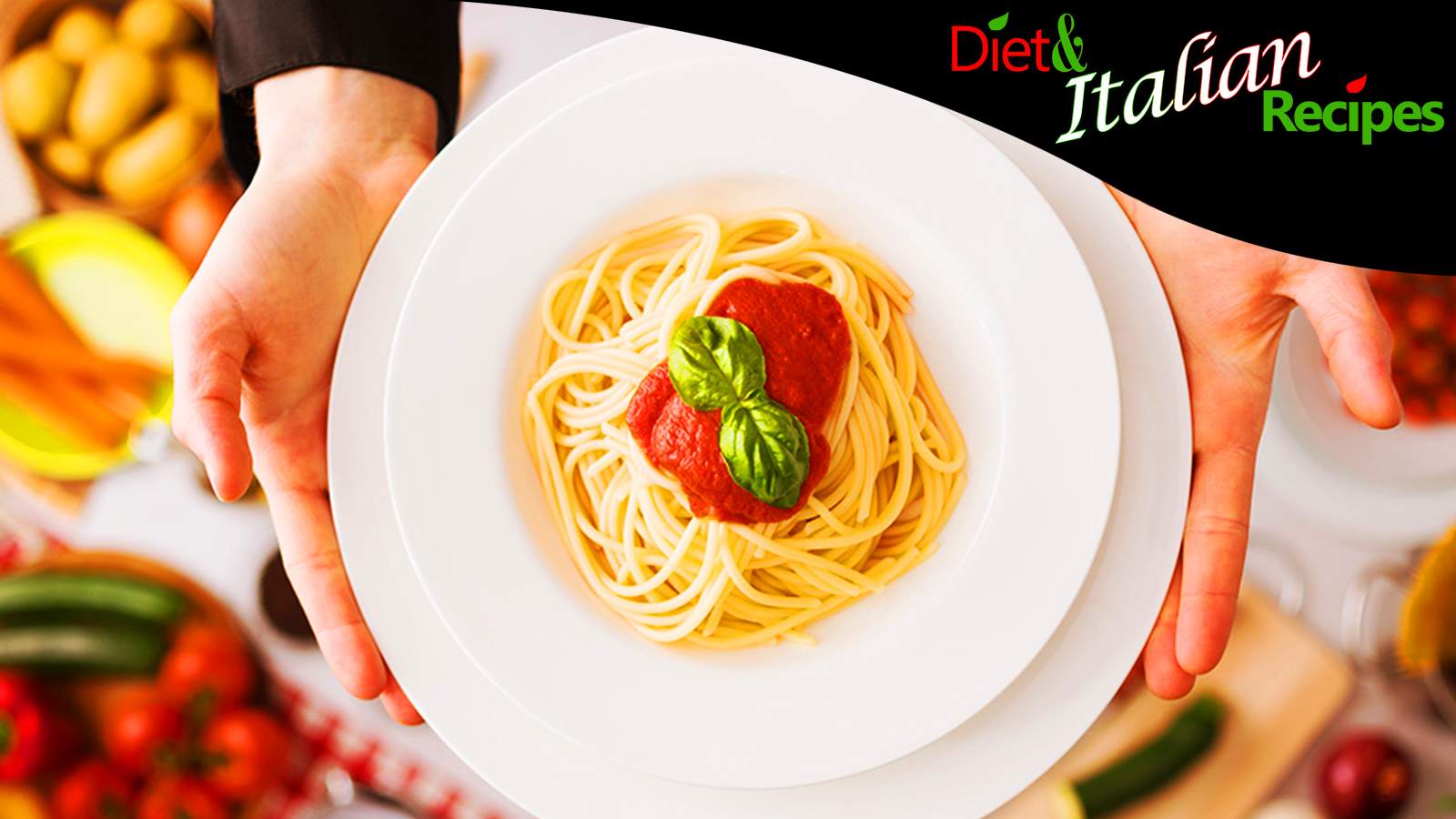
Dissociated Diet – Example 1-Day Menu with Recipes
Those who venture into the harsh world of diets quickly learn that all of them, in some way, rely on the correct pairing of foods in a meal. Just remember the basics of the Zone Diet or that whole list of diets based on the slimming power of a single food, such as the rice diet, boiled egg diet, yogurt diet, and so on. The dissociated diet is the origin of all diets: it seeks out the foods that, when combined on the same plate, will make us feel satisfied and light at the same time, without experiencing intestinal issues due to poor digestion.
Here is the complete menu; it can be your reference point to know what to eat and when. It’s a general guideline with the sole purpose of providing information. In fact, we recommend consulting an expert if you want a diet tailored to your specific needs.
Example Menu for 1 day of the Dissociated Diet:
- SNACKS based on fresh fruit or vegetables;
- BREAKFAST based on dairy products (yogurt or milk) and fresh fruit, paired with coffee or tea;
- LUNCH based on carbohydrates (whole grain rice/pasta or potatoes) and vegetables (tomato, lettuce, mushrooms, etc.);
- DINNER based on proteins (chicken, turkey, cheese, legumes, fish, eggs) and seasonal vegetables.
Which recipes are suitable for this type of diet? Here are some examples of recipes that follow the rules of the dissociated diet:
- Zucchini and radicchio risotto;
- Whole grain pasta with tomato sauce;
- Baked fish with vegetables;
- Grilled chicken breast with salad and tomatoes;
- Baked potato with mixed salad;
- Legume soup with separate vegetables;
- Porcini mushroom rice;
- Grilled turkey breast with seasonal vegetables.
Dissociated Diet Plan and Table
The Dissociated Diet can be summarized in a practical and exemplary plan that outlines all the correct food pairings. The following plan was devised by Dr. Giuseppe Cocca, who has a clear understanding of the recommended and discouraged combinations for physical well-being. Here is a photo of the dissociated diet plan:
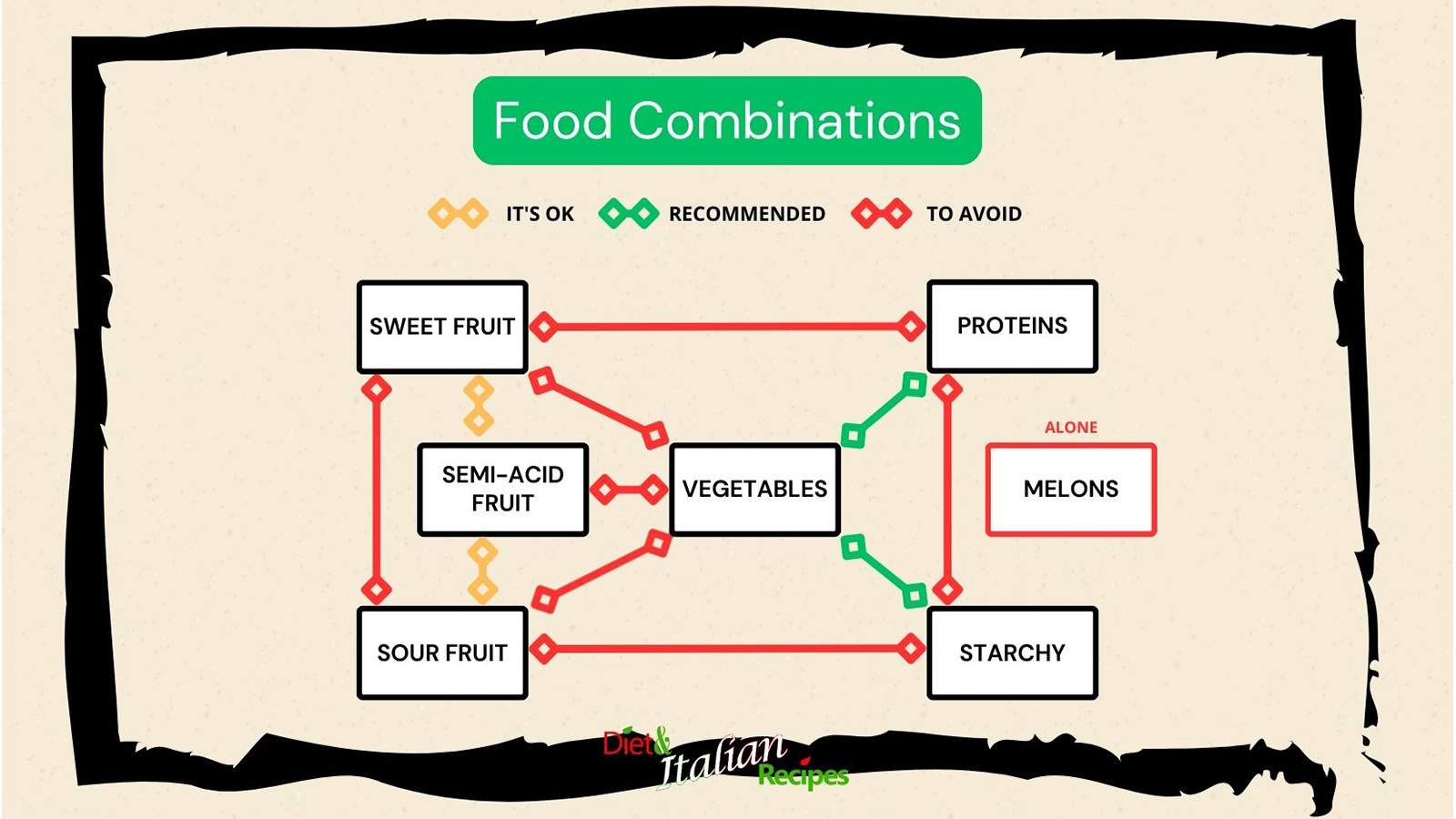
Below is the Table of food combinations for the Dissociated Diet. “Optimal combinations” are considered ideal for following the diet, “tolerable combinations” are ones that should be limited, and finally “combinations to avoid” are those that violate any rule set by the dissociated diet.
| Optimal Food Combinations | Tolerable Food Combinations | Avoidable Food Combinations |
|---|---|---|
| Cheese with vegetables; | Milk with bread; | Milk with any other food; |
| Meat, fish, and eggs with vegetables, excluding starchy ones; | Yogurt with sour fruits; | Yogurt with other protein-rich foods; |
| Cereals with vegetables; | Cheese with bread and pumpkin; | Cheese with proteins and fruits; |
| Legumes with vegetables, excluding starchy ones; | Meat, fish, and eggs with moderate amounts of potatoes; | Meat, fish, and eggs with each other and with fruits; |
| Vegetables with all other foods except fruit. | Cereals with other protein-rich foods and sweet fruits; | Cereals with fruits and bread; |
| — | Legumes with cereals. | Legumes with other protein-rich foods and fruits; |
| — | — | Vegetables with non-oily fruits. |
SHARE the useful information about the Dissociated Diet: Example Menu with recipes, Schedule, and Table.
The information provided in the Diet and Italian Recipes articles is for INFORMATION ONLY and does not intend to replace the opinion of professional figures such as a doctor, nutritionist, or dietitian, whose intervention is necessary for the prescription and composition of personalized dietary therapies.






